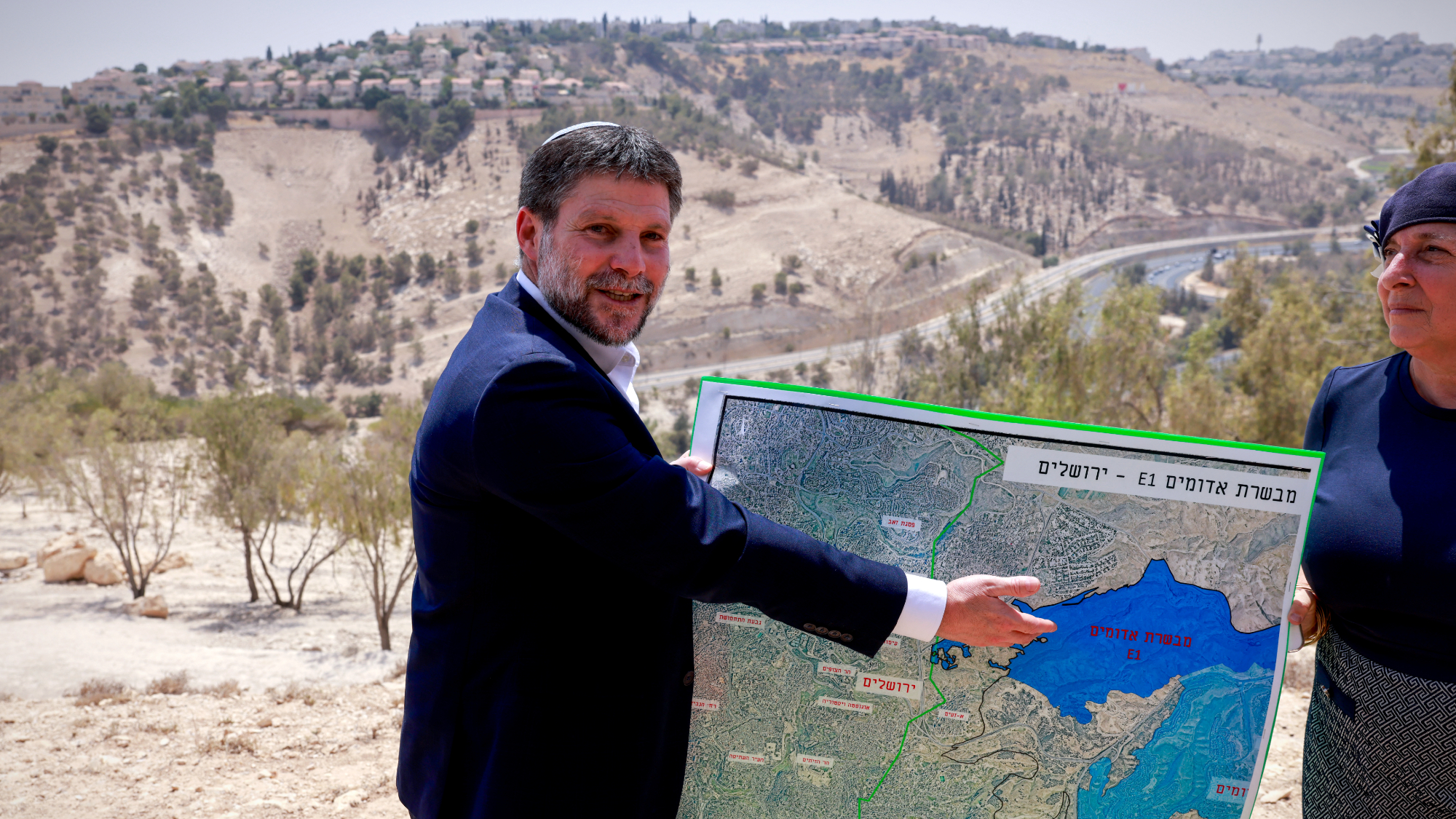Climate change models might have been wrong. The Earth could be warming even faster than we thought.


Computer models used to predict climate change could have a major flaw in how they determine the ability of clouds to cool the planet, a new paper published in Science suggests — and, if true, the new research means that making progress against rising temperatures is going to be even more difficult than was long expected.
The new paper looked at "mixed-phase" clouds, which are made up of both cooled water and ice crystals, The New York Times reports. Using data from a satellite monitoring the particles in the atmosphere, mixed-phase clouds appear to scientists to have more water and less ice than was first expected. Because water reflects solar radiation back into the sky, watery clouds help slow warming. But with less ice to begin with, there is naturally less of an ability for water to replace the ice, according to the scientists behind the new research. As a result, more warming occurs than was at first predicted.
If the data proves to be true, it could mean there will be an additional 1.3 degrees Celsius of warming than was modeled previously. Last year's climate talks in Paris had scientists agreeing to keep temperatures from rising more than 1.5 degrees over the Earth's temperature during the preindustrial era. That would have required keeping global temperatures from rising more than 2 degrees Celsius — so if the research on clouds proves to be correct, the range remaining for the Paris goal has shrunk to just 0.2 degree Celsius from 0.7 degrees.
The Week
Escape your echo chamber. Get the facts behind the news, plus analysis from multiple perspectives.

Sign up for The Week's Free Newsletters
From our morning news briefing to a weekly Good News Newsletter, get the best of The Week delivered directly to your inbox.
From our morning news briefing to a weekly Good News Newsletter, get the best of The Week delivered directly to your inbox.
"Every model will react differently: It could be higher, it could be lower [than 1.3 degrees]," the paper's author, Ivy Tan, said. "The point is, it's going to result in a significant amount of warming."
A free daily email with the biggest news stories of the day – and the best features from TheWeek.com
Jeva Lange was the executive editor at TheWeek.com. She formerly served as The Week's deputy editor and culture critic. She is also a contributor to Screen Slate, and her writing has appeared in The New York Daily News, The Awl, Vice, and Gothamist, among other publications. Jeva lives in New York City. Follow her on Twitter.
-
 Israel approves new West Bank settlements
Israel approves new West Bank settlementsSpeed Read The ‘Israeli onslaught has all but vanquished a free Palestinian existence in the West Bank’
-
 US offers Ukraine NATO-like security pact, with caveats
US offers Ukraine NATO-like security pact, with caveatsSpeed Read The Trump administration has offered Ukraine security guarantees similar to those it would receive from NATO
-
 Hong Kong court convicts democracy advocate Lai
Hong Kong court convicts democracy advocate LaiSpeed Read Former Hong Kong media mogul Jimmy Lai was convicted in a landmark national security trial
-
 Australia weighs new gun laws after antisemitic attack
Australia weighs new gun laws after antisemitic attackSpeed Read A father and son opened fire on Jewish families at Sydney’s Bondi Beach, killing at least 15
-
 How Bulgaria’s government fell amid mass protests
How Bulgaria’s government fell amid mass protestsThe Explainer The country’s prime minister resigned as part of the fallout
-
 Benin thwarts coup attempt
Benin thwarts coup attemptSpeed Read President Patrice Talon condemned an attempted coup that was foiled by the West African country’s army
-
 Femicide: Italy’s newest crime
Femicide: Italy’s newest crimeThe Explainer Landmark law to criminalise murder of a woman as an ‘act of hatred’ or ‘subjugation’ but critics say Italy is still deeply patriarchal
-
 Brazil’s Bolsonaro behind bars after appeals run out
Brazil’s Bolsonaro behind bars after appeals run outSpeed Read He will serve 27 years in prison


